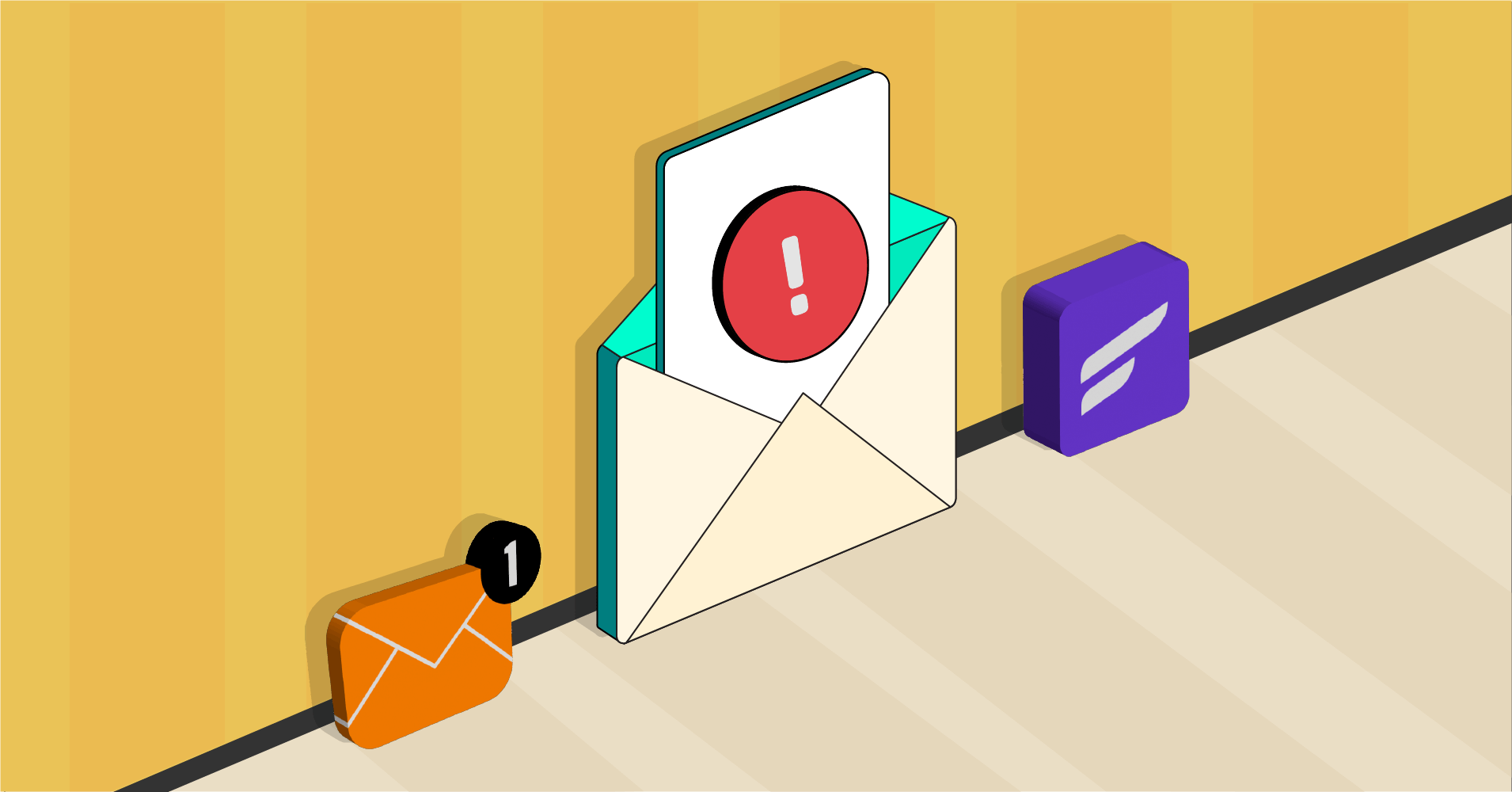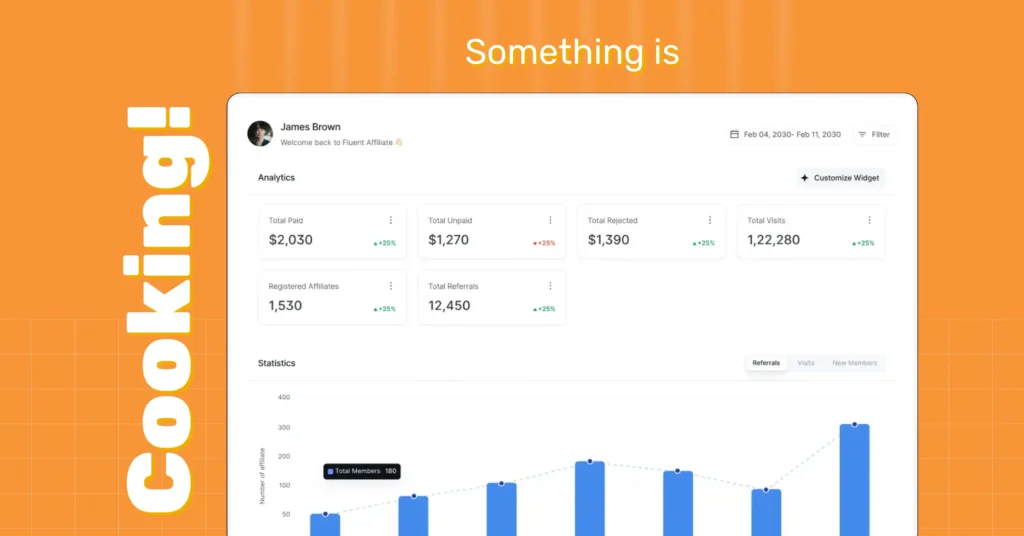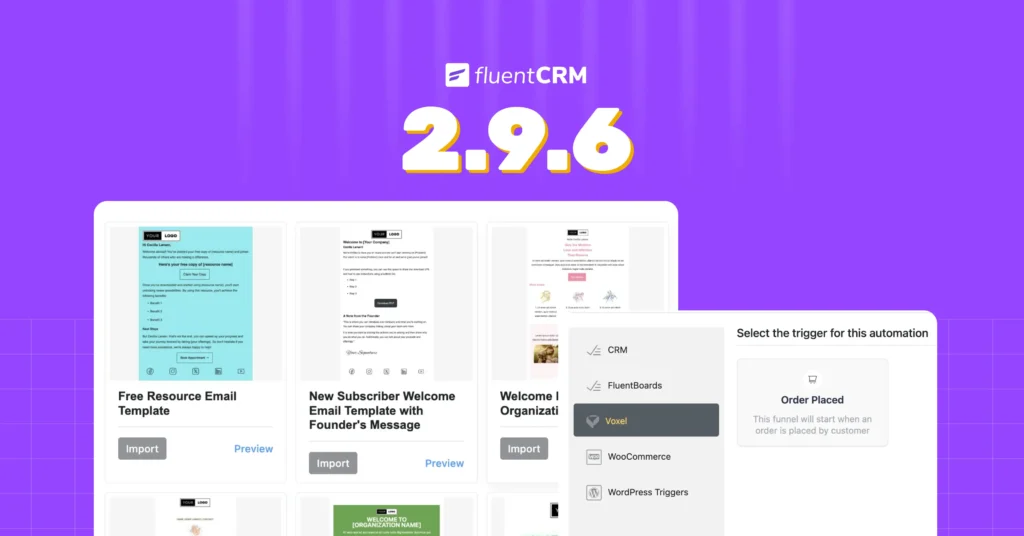
Email Bounce Rate: Definition, Reasons, Best Practices for Preventing Email Bounce
Email marketing can be an effective tool for businesses to connect with their customers and drive results. But what if your emails don’t reach their intended recipient?
It’s never a pleasant feeling, right?
However, to avoid these unfortunate circumstances, you must first understand email bounce rates, the different types of bounces, and how to avoid them. If not, keep in mind that email bounces can thwart your entire email marketing campaign!
Welcome if you’ve come here to find a solution to this problem and broaden your knowledge. In this blog, we’ll go over everything you need to know about email bounce rates, such as how to calculate them, how they affect email deliverability, and how to avoid them.
Let’s get started.
What is the email bounce rate?
Bounce rate is one of the most important email marketing KPIs that an email marketer must monitor in order to run an effective campaign!
Email bounce rate is basically the percentage of email messages that are returned to the sender as undeliverable. This can occur for a variety of reasons, such as an invalid email address, a full inbox, or a server issue.
A high bounce rate can negatively impact their email deliverability and sender reputation. On the contrary, by monitoring and improving your email bounce rate, you can significantly increase the effectiveness of your email campaigns and reach a larger audience.
The importance of tracking email bounce rates
Email marketing requires a focused approach and ongoing updates. In fact, strategies differ from campaign to campaign! And it’s crucial to regularly check different email marketing KPIs like email bounce rate in order to decide on the best strategy and keep it on track.
Monitoring your bounce rates will enable you to take proactive measures to make sure that your emails are delivered to the recipients you intended and generate substantial engagement.
Here are some of the reasons why tracking email bounce rates is essential for:
- Upholding sender reputation: Internet Service Providers (ISPs) use bounce rates as a factor to decide whether your emails are genuine or not. A high bounce rate may indicate to ISPs that you are a spammer, which may result in your emails being marked as spam or being blocked entirely.
- Cleaning up your email list: Keeping track of bounce rates can assist you in identifying invalid or inactive email addresses on your list. Removing these email addresses from your list will help you keep your list clean and engaged, which will enhance your email open and click-through rates.
- Increasing the effectiveness of email campaigns: By monitoring email bounce rates, you can spot certain patterns and trends in your email campaigns. For example, if a certain email campaign has a high bounce rate, it might be a sign that the email’s subject line or content needs to be improved.
- Minimizing the cost: Lowering email bounce rates can help you save money by preventing you from wasting resources by sending emails to invalid or inactive email addresses.
- Maintaining compliance: Email bounce rates can assist you in complying with email regulations such as the CAN-SPAM Act. According to the Act, email senders must provide recipients with a clear and simple way to unsubscribe from their email list. You can make sure that only legitimate subscribers are on your email list by monitoring email bounce rates and removing invalid email addresses.
- Preserving quality: Tracking email bounce rates can also help you keep your email list in good shape. You can identify any problems with your email list and take corrective action by regularly monitoring your bounce rate. A high bounce rate may be a sign that your email list is inactive, incomplete, or rigged with spam traps.
- Boosting ROI: By lowering email bounce rates, you can boost the ROI of your email marketing campaigns. A clean and engaged email list can lead to higher email open and click-through rates, resulting in increased sales and revenue for your company.
Types of email bounces
If you don’t know what kind of problem you’re having, you can’t find the right solution! Understanding the different types of email bounces can assist you in handling your email list more efficiently and enhance your email deliverability.
Email bounce rates are generally classified into two types. They are as follows:
Hard bounces
Hard bounces happen when an email is returned as undeliverable for an indefinite reason. The most frequent cause of a hard bounce is an invalid or nonexistent email address. Other causes of a hard bounce include the email server of the recipient blocking delivery and the email domain being inactive or blacklisted. Keep in mind that you don’t need to send them again and again if they hard bounce. It will never reach the inbox and may even harm your email deliverability.
Soft bounces
Soft bounces are essentially a short-term issue. A soft bounce occurs when your emails fail to reach inboxes due to temporary issues. The most frequent causes of a soft bounce are a full inbox of the recipient, a message that is too big, or a momentary problem with the recipient’s email server. If the email provider tries again after receiving a soft bounce, the email might eventually be delivered. It’s best to wait and try again if you get soft bounces, as they may turn into successful deliveries in the end.
So, we can summarize the differences between hard and soft bounces as follows:
The impact of bounce rate on email deliverability
Bounce rate has a significant impact on email deliverability. If one of your emails fails to deliver, the story doesn’t end there! Indeed, this bounce can jeopardize your future endeavors and adversely affect all of your efforts!
ISPs use a number of key metrics to assess whether your emails are spam or legitimate, and one of those metrics is bounce rates. Your sender reputation may suffer if your email campaigns have a high bounce rate, which may cause your emails to be flagged as spam or blocked entirely.
Bounce rates can affect email deliverability in the following ways:
- Sender reputation: A high bounce rate can indicate to ISPs that you are a spammer, resulting in your emails being marked as spam or being blocked entirely. This can have a massive effect on your sender’s reputation and decrease the probability of your emails reaching the inboxes of your subscribers.
- Email placement: ISPs use advanced algorithms to decide where your email should be placed in a subscriber’s inbox. If your emails have a significant bounce rate, ISPs may put them in the spam folder or promotions tab rather than the primary inbox. This will decrease the probability of your emails being seen and opened by your subscribers.
- Email delivery rate: A high bounce rate can also have an effect on your email delivery rate. If your email has a high bounce rate, your ISP may begin blocking or delaying it. This can lower the probability of your emails being delivered to the inboxes of your subscribers.
- Email list hygiene: Tracking bounce rates can assist you in keeping an organized and active email list. Removing invalid or inactive email addresses from your list can increase email deliverability by lowering bounce rates and enhancing the sender’s reputation.
How to calculate email bounce rate?
Calculating the email bounce rate is a simple process. To calculate the email bounce rate:
- Choose a time period for which you want to calculate the bounce rate. This could be one email campaign or several over the course of a month or quarter.
- Determine the number of emails that bounced during the specified time frame.
- Calculate the total number of emails sent over the selected time period, including both successful deliveries and bounced emails.
Now, divide the number of bounced emails by the total number of emails sent, and then multiply the result by 100 to get the bounce rate percentage. So, the formula for calculating the email bounce rate is:
Bounce Rate = (Number of Bounced Emails / Total Number of Emails Sent) x 100
For example, if you sent 1000 emails and 50 bounced, the bounce rate would be:
Bounce Rate = (50 / 1000) x 100 = 5%
What is an appropriate bounce rate for your campaign?
Nothing beats zero when it comes to the best bounce rate, right?
However, no matter how hard we try, bounces occur. So, if we’re being precise, we should say that the bare minimum is preferable!
A suitable bounce rate for your email campaign is determined by a number of factors, including the type of emails you’re sending, the size and quality of your email list, and industry benchmarks. For most email campaigns, a bounce rate of less than 2% is regarded as satisfactory.
However, it’s important to remember that bounce rates can differ depending on the kind of email you’re sending. A promotional email or a newsletter, for instance, might have a higher bounce rate than a transactional email, like a request for a password reset.
It’s also worth noting that a high bounce rate doesn’t always imply that your email campaign was a failure. For example, if you’re sending emails to a fresh email list, you might initially see a higher bounce rate as you verify the addresses. In such cases, it’s vital to concentrate on improving email list hygiene and gradually lowering your bounce rate over time.
To summarize, it’s extremely difficult to determine the exact number. You should determine it based on the types and number of emails you send, as well as the health of your email list.
Why do email bounces occur?
Before we delve into the solutions, let’s first shed some light on why email bounces occur in the first place. Remember, if you can’t find the source of the problem, no solution will work!
Here are some of the primary reasons why bounces occur.
- Spam detection: Spam filters are intended to detect and block unwanted emails that may be classified as spam or contain malicious content. Your email might bounce back to you or not make it to the recipient’s inbox if the spam filter flags it.
- High bounce rate: Internet service providers (ISPs) may flag your emails as spam and prevent them from reaching the recipient’s inbox if your email campaigns have a high bounce rate on a regular basis.
- Incorrect email address: If the recipient’s email address is incorrect or misspelled, your email will be returned to you.
- Email size: If your email is too large for the recipient’s mailbox, it may be returned to you.
- Email server issues: If the email server you’re using to send emails is having technical difficulties, your emails may bounce back to you or not reach the recipient’s inbox.
- DNS issue: If the DNS record for your email domain is incorrect, your email may not arrive in the recipient’s inbox.
- Issues with your domain or IP address: Your emails might bounce back to you or fail to reach the recipient’s inbox if your IP address or domain is blacklisted.
13 proven tips to prevent email bounces and improve deliverability
Preventing email bounces is crucial for preserving an excellent sender reputation, increasing email deliverability, and guaranteeing that your emails arrive in the inboxes of your subscribers.
- Create your own email list: Using a validated email list is one of the best ways to avoid email bounces. You simply cannot guarantee this if you buy an email list from someone else. That is why we always recommend building your own email list.
- Keep your email list clean: This includes validating and updating the email addresses on your list. To remove invalid as well as inactive email addresses and reduce the likelihood of email bounces, use email validation services or email list cleaning tools.
- Avoid mailing unwanted emails: Sending unsolicited emails increases the likelihood that your emails will be flagged as spam, resulting in bounces. Instead, use opt-in forms and double opt-in confirmation to guarantee that your subscribers have consented to receive emails from you.
- Check for spelling mistakes: Misspelled email addresses can result in bounces. Before adding email addresses to your list or sending emails, double-check the spelling.
- Use a reputable email service provider: Select a reputable email service provider with a good reputation for email deliverability. Most email service providers include tools that can assist you in reducing email bounces and improving email deliverability.
- Track your email bounce rate: Keep monitoring your email bounce rate to detect and address issues that may provoke email bounces. This can assist you in maintaining a positive sender reputation and improving email deliverability.
- Maintain a consistent sending schedule: Maintain a consistent sending schedule and follow the email frequency best practices to avoid email bounces. Sending too many emails in a short period of time can set off spam filters and result in bounces.
- Create a concise and simple email subject line: Using a clear and succinct email subject line can help prevent spam filters from flagging your emails and lessen the chance that they will bounce.
- Send emails with a personalized sender name and address: Using a unique sender name and email address can greatly enhance email deliverability and decrease email bounces.
- Avoid using URL shorteners: Including short URLs in your emails can cause bounces and cause spam filters to catch them. To avoid spam filters, use full URLs or hyperlink text instead.
- Eliminate words that cause spam: Using spam trigger words in your email subject lines or content increases the likelihood that your emails will be marked as spam, resulting in bounces. Keep your emails free of phrases like “free,” “buy now,” “limited-time offer,” or “act now.”
- Use an email automation tool: Email automation can assist you in maintaining your email list by immediately removing invalid email addresses, unsubscribes, and bounces. By only sending emails to legitimate email addresses, you can boost your email deliverability and lower your email bounce rate. Furthermore, you will receive all of the data and information on a single page.
Try Our Free Marketing Automation Plugin for WordPress!

- Based on engagement, segment the email list into groups: Remember that not all emails are for everyone. If you continue to send emails to people who aren’t interested in your emails, your bounce rate will rise. That is why email segmentation is essential. Segment your email list based on engagement and send emails only to those who are interested.
Wrapping up
Email bounces can be a significant challenge for email marketers, but they can be avoided with the right approaches and instruments.
Use the advice and techniques provided in this article to boost your email marketing campaigns and avoid email bounces. Don’t let email bounces hinder your email marketing efforts.
Have a wonderful day. Thank you very much.









Leave a Reply